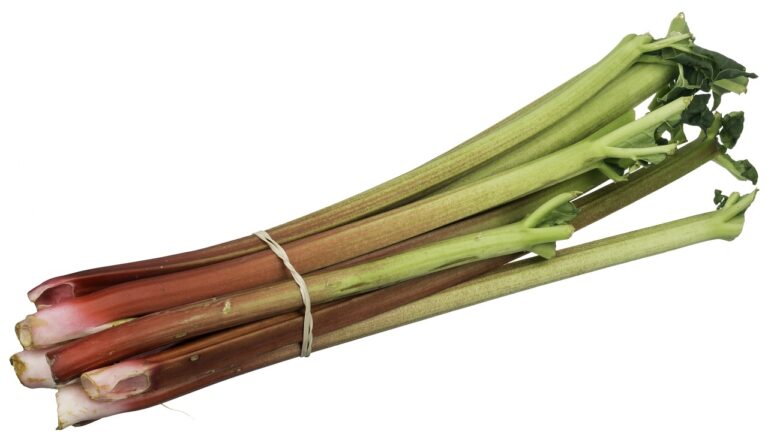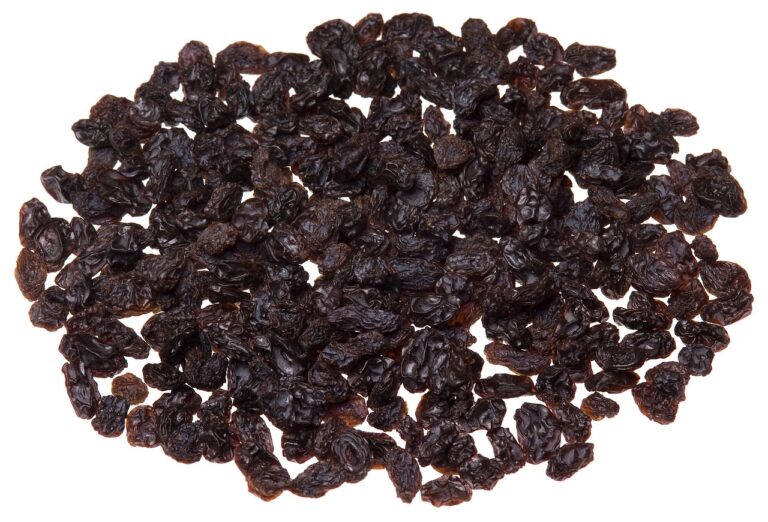The Role of Food in Building Community Connections
In today’s fast-paced world, where technology has made it easier than ever to connect with others virtually, the importance of building strong, meaningful connections within our local communities cannot be understated. One of the most powerful tools for bringing people together and fostering a sense of community is food. Food has a unique ability to transcend cultural barriers, spark conversations, and create lasting memories.
The Power of Food as a Cultural Connector
Food has the power to bring people together regardless of their backgrounds, beliefs, or differences. Sharing a meal with someone allows us to connect on a deeper level, providing an opportunity to learn about each other’s cultures, traditions, and values. The act of breaking bread together has been a universal symbol of unity and peace for centuries, and food plays a crucial role in fostering understanding and appreciation for diversity.
Community Building Through Food
Food plays a central role in community building, serving as a catalyst for social interactions and connections. Whether it’s a neighborhood potluck, a community barbecue, or a food festival, gathering around food creates a sense of camaraderie and belonging. Sharing a meal with others fosters a sense of connection and solidarity, strengthening the bonds within a community.
The Impact of Food on Health and Well-being
In addition to its role in building community connections, food also plays a vital role in promoting health and well-being. Access to nutritious and culturally appropriate food is essential for maintaining good physical and mental health. By coming together to share meals made from fresh, locally sourced ingredients, communities can support each other in leading healthier lifestyles.
Food as a Tool for Social Change
Food has the power to drive social change and address issues such as food insecurity, poverty, and inequality. Community gardens, food banks, and meal-sharing programs are just a few examples of how food can be used as a tool for addressing social and economic challenges. By working together to ensure that everyone has access to nutritious food, communities can create a more equitable and just society.
Connecting Through Food in a Digital Age
In an increasingly digital world where many of our interactions take place online, the role of food in building community connections is more important than ever. Social media platforms and online food communities can be powerful tools for sharing recipes, cooking tips, and food traditions, but nothing can replace the experience of sitting down together to share a meal. By prioritizing face-to-face interactions around food, we can strengthen our community ties and create lasting connections.
Conclusion
Food has a unique ability to bring people together, bridge cultural divides, and create a sense of belonging within a community. By sharing meals, collaborating on food-related initiatives, and engaging in conversations around food, we can build stronger, more resilient communities that support the well-being of all members. In a world that is becoming increasingly disconnected, the simple act of sharing a meal has the power to unite us and remind us of our shared humanity.
FAQs
Q: How can I use food to connect with my neighbors?
A: Hosting a neighborhood potluck, starting a community garden, or organizing a cooking class are all great ways to use food as a tool for building connections with your neighbors.
Q: What are some examples of food-related community initiatives?
A: Community gardens, food banks, meal-sharing programs, and cooking classes are all examples of initiatives that use food to address social and economic challenges within a community.
Q: How can I support local food systems in my community?
A: Buying from local farmers markets, supporting local food producers, and participating in community-supported agriculture programs are all ways to support and strengthen local food systems in your community.







